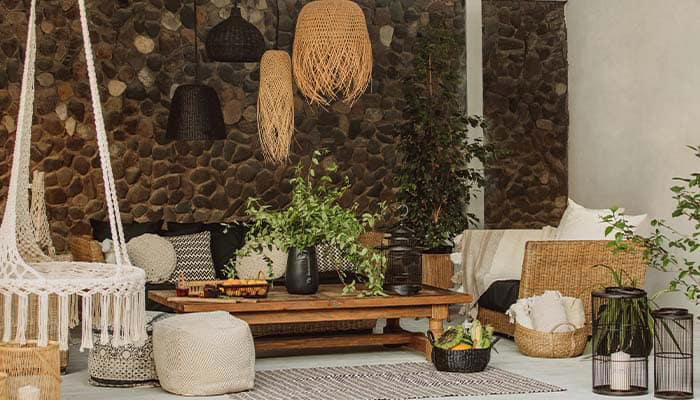Decorating a new living space requires thoughtful planning and consideration of multiple factors to create a harmonious environment that reflects personal style while maximizing functionality. The process involves balancing aesthetic preferences with practical needs, considering spatial limitations, and selecting elements that work together cohesively. When approaching decoration projects in springleaf residences, residents benefit from establishing clear objectives, conducting thorough research, and developing a systematic plan before purchasing. This methodical approach helps avoid costly mistakes and creates living environments that provide lasting satisfaction while accommodating daily activities and special occasions.
Measure twice, purchase once
The foundation of successful interior decoration begins with precise spatial awareness and planning. Before selecting furniture or décor items, take detailed measurements of each room, including ceiling height, wall dimensions, window placements, and doorway clearances. Create scaled floor plans to visualize furniture arrangements and traffic flow patterns. Residents moving into new homes often discover that careful measurement prevents costly errors and disappointment. Create templates from newspaper or cardboard to test furniture footprints in various arrangements before committing to purchases. This practice proves particularly valuable when working with unusual room configurations or open-concept spaces where defining functional zones requires careful planning. Document electrical outlet locations, light switch positions, and HVAC vents that may impact furniture placement options or require accessibility.
Colour coordination secrets
Selecting a cohesive colour palette establishes visual harmony throughout connected spaces while allowing for a distinctive character in individual rooms. Begin by identifying base neutral tones for walls and large furniture pieces, and then introduce accent colours through accessories, artwork, and smaller furnishings that can be easily updated over time. This approach provides flexibility while maintaining overall coherence. The most effective colour strategies consider natural light variations throughout the day and seasons. North-facing rooms benefit from warmer hues that compensate for cooler light, while south-facing spaces can accommodate cooler tones without appearing cold or sterile. Consider testing paint samples on different walls and observing them over several days before making final decisions. Document colour codes and paint names for future touch-ups or complementary purchases.
Material harmony principles
Creating visual continuity between spaces requires thoughtful materials, textures, and finish coordination. Limit primary material selections to create a cohesive foundation, then introduce complementary textures for visual interest and tactile variety. This balance prevents spaces from appearing either chaotic or monotonous. Flooring transitions between rooms deserve particular attention as they significantly impact visual flow throughout the home. Where possible, maintain consistent flooring materials in connected spaces, particularly open-concept layouts. When material changes are necessary, select complementary tones and ensure transition points occur at logical architectural boundaries rather than mid-room. Apply similar principles to wall treatments, cabinet finishes, and hardware selections to create subtle connections between spaces.
Budget allocation strategy
- Investment piece identification: Allocate greater resources to high-use, high-visibility items
- Quality hierarchy establishment: Determine which elements require durability versus decorative appeal
- Phased purchasing planning: Develop a strategic timeline for acquisitions based on priority and budget
- Cost-per-use calculation: Evaluate purchases based on frequency of interaction and visibility
Effective decoration requires thoughtful financial planning rather than impulsive purchasing. Create comprehensive budgets that encompass furniture, window treatments, lighting, and accessories. This approach prevents the common problem of depleting resources before addressing essential elements. Consider long-term value when evaluating quality versus cost, particularly with daily foundational items and anchoring room designs.
You may also like
-
Effective Garage Door Maintenance Routines That Reduce Long-Term Repair Expenses
-
Interior Rendering Features in Monthly Showcase Portfolios: Realism, Ray Tracing, Faster Updates
-
Step-by-Step Plan Tips for Selling House without Stress
-
Best Options for Shipping Containers in Bozeman
-
Design & Function: A Guide to Choosing the Right Style of Glass for Your Office Partitions

